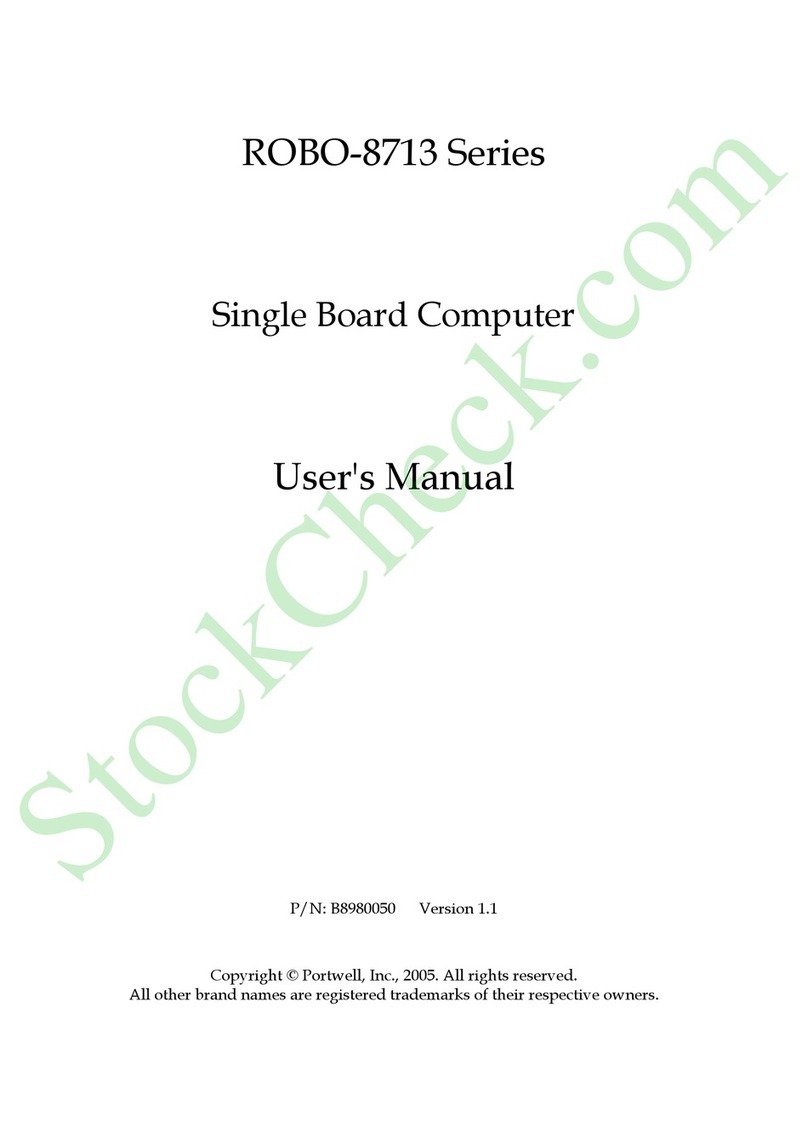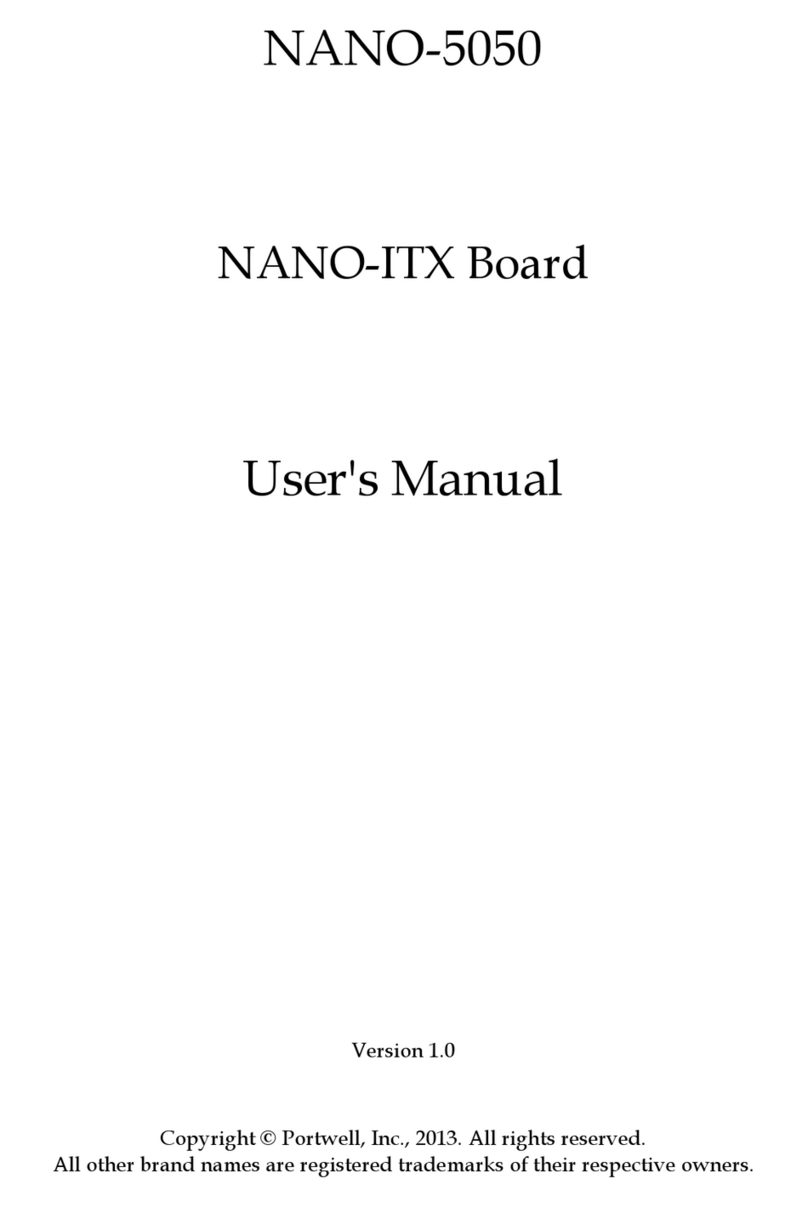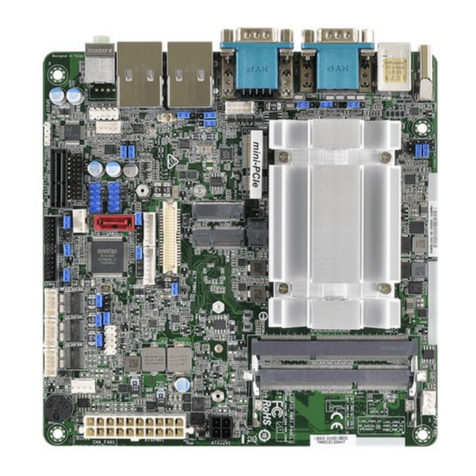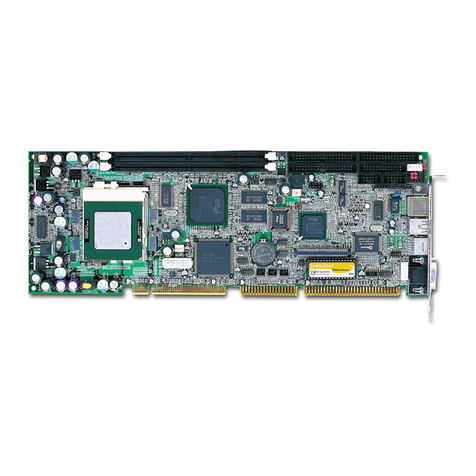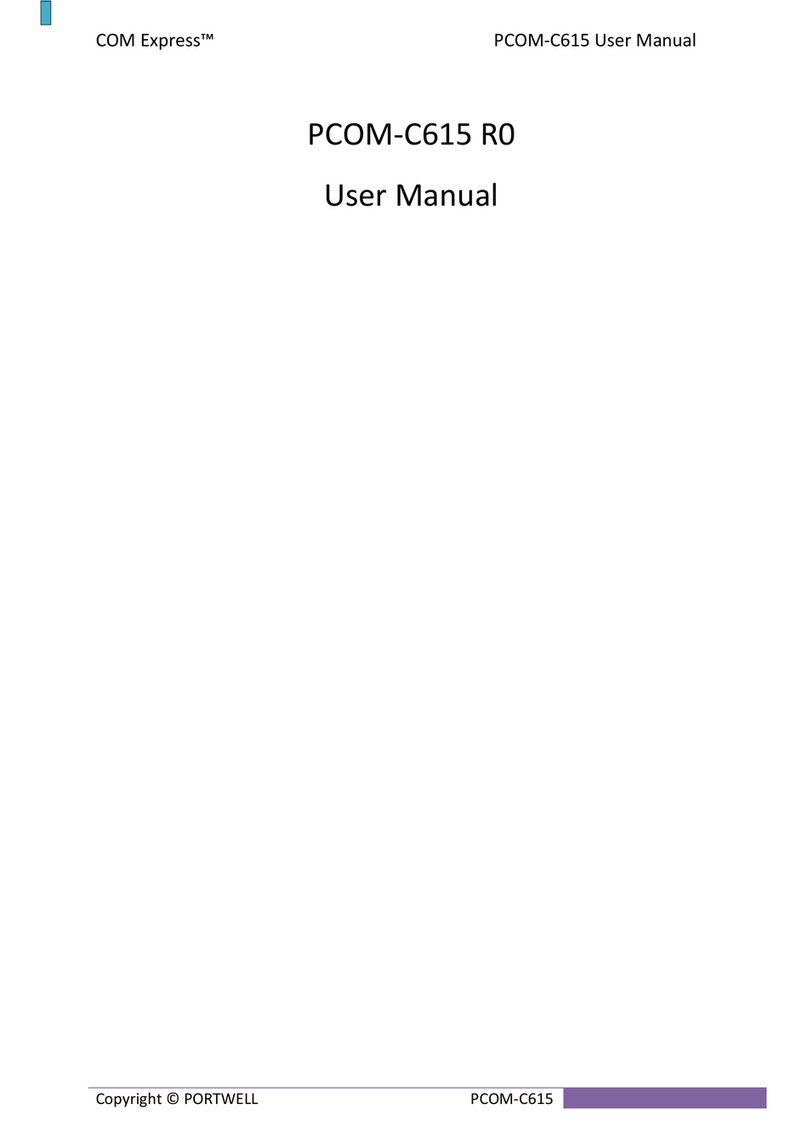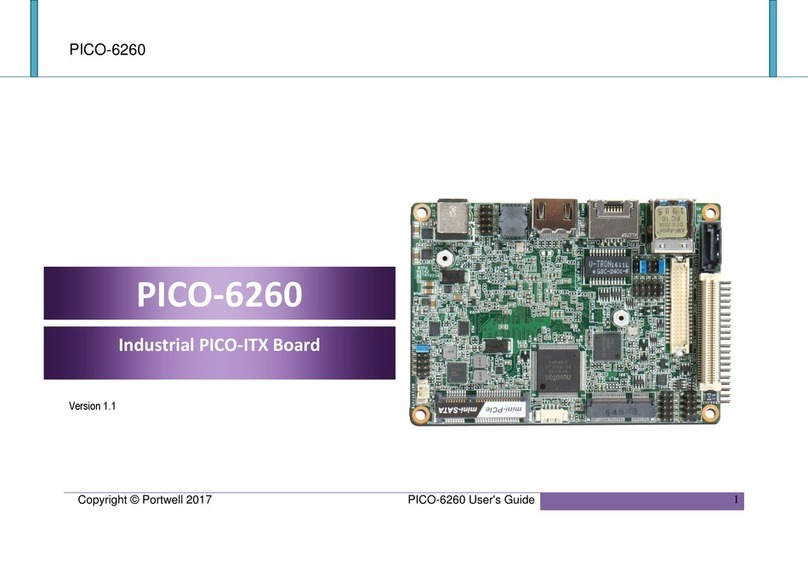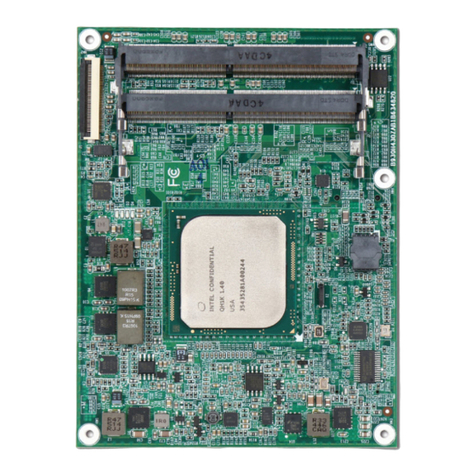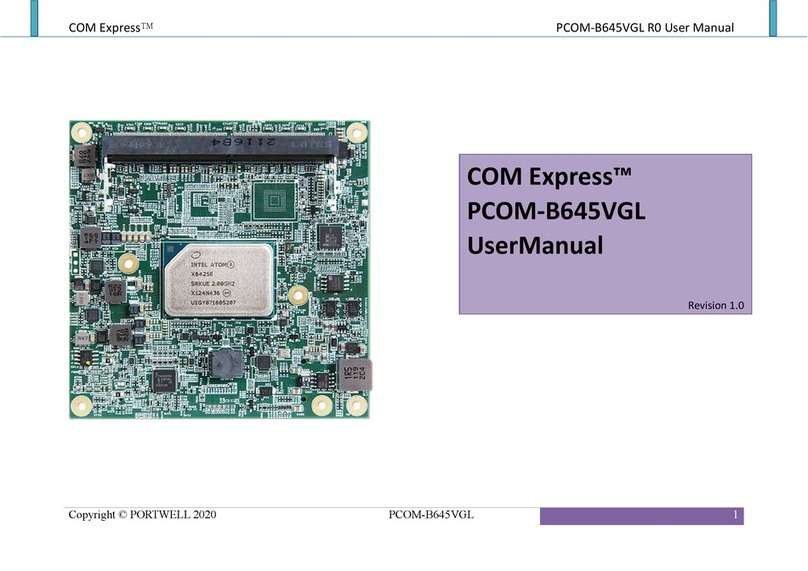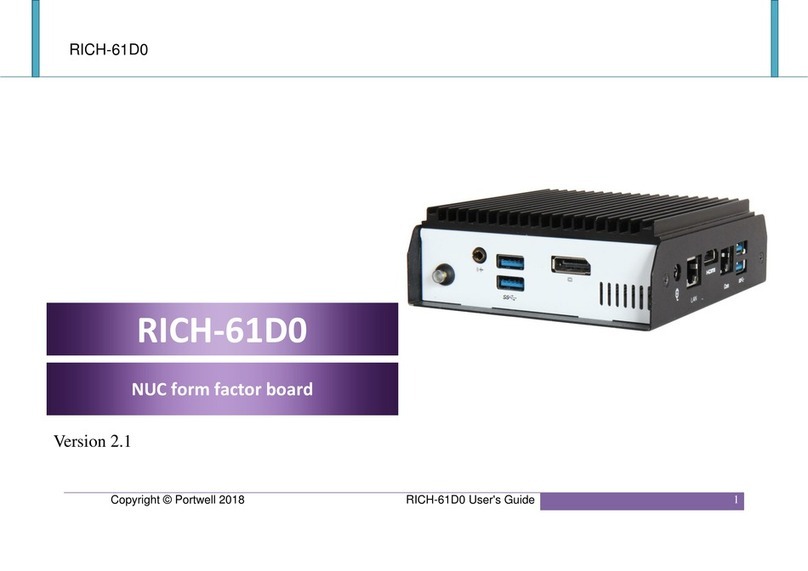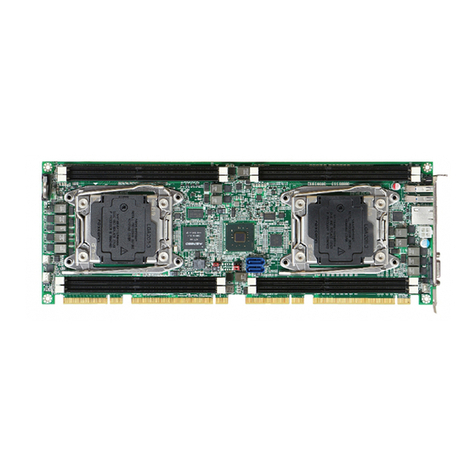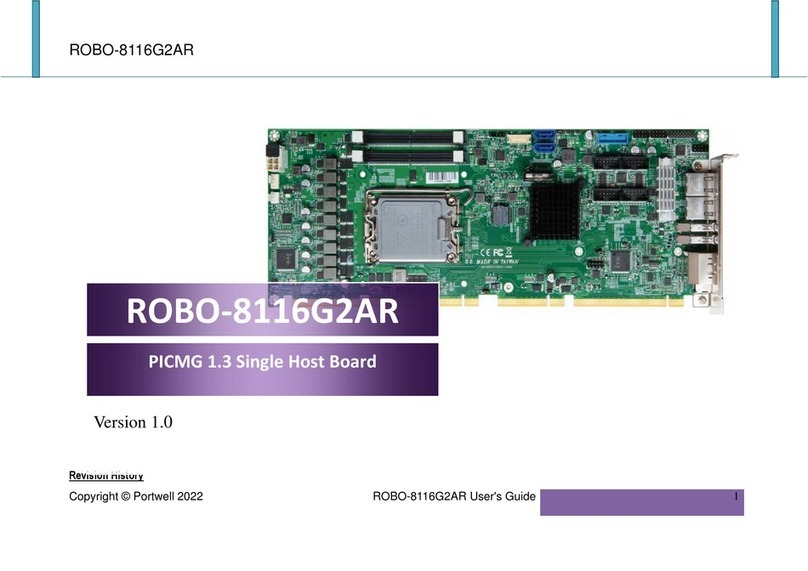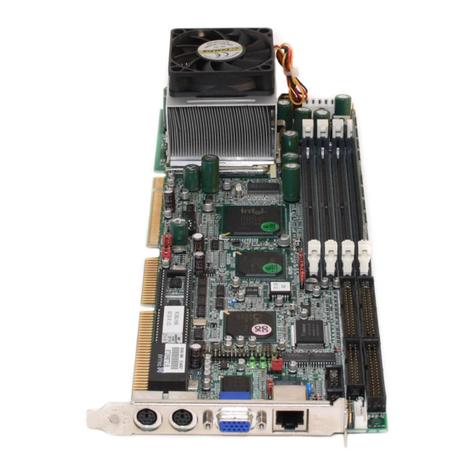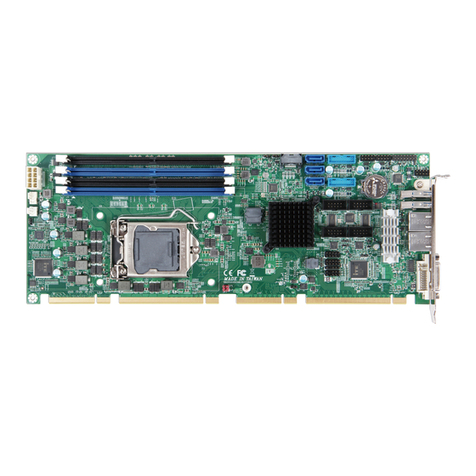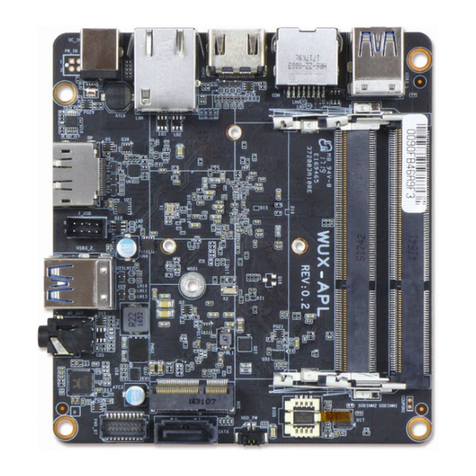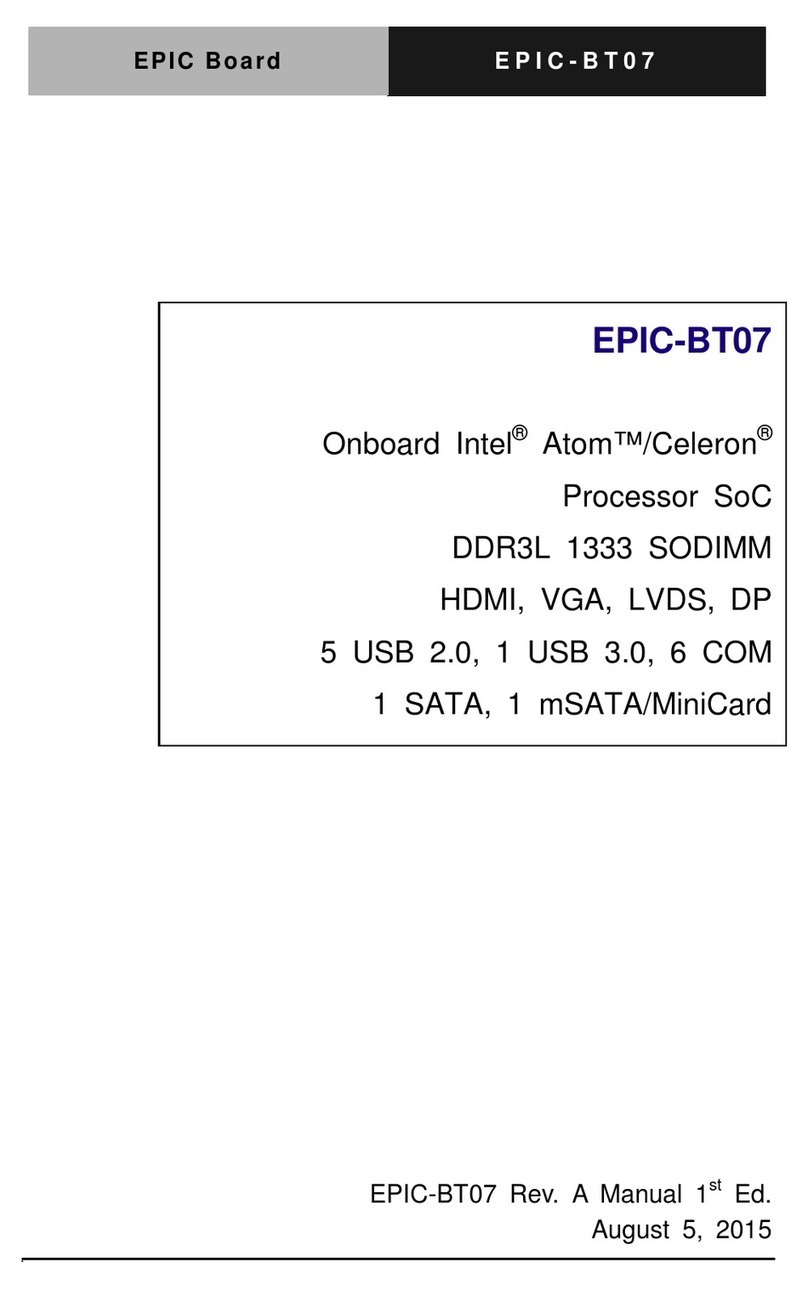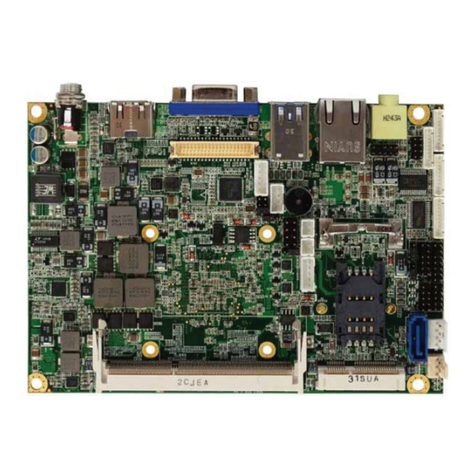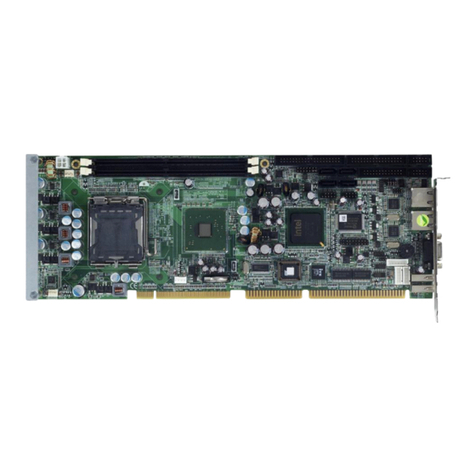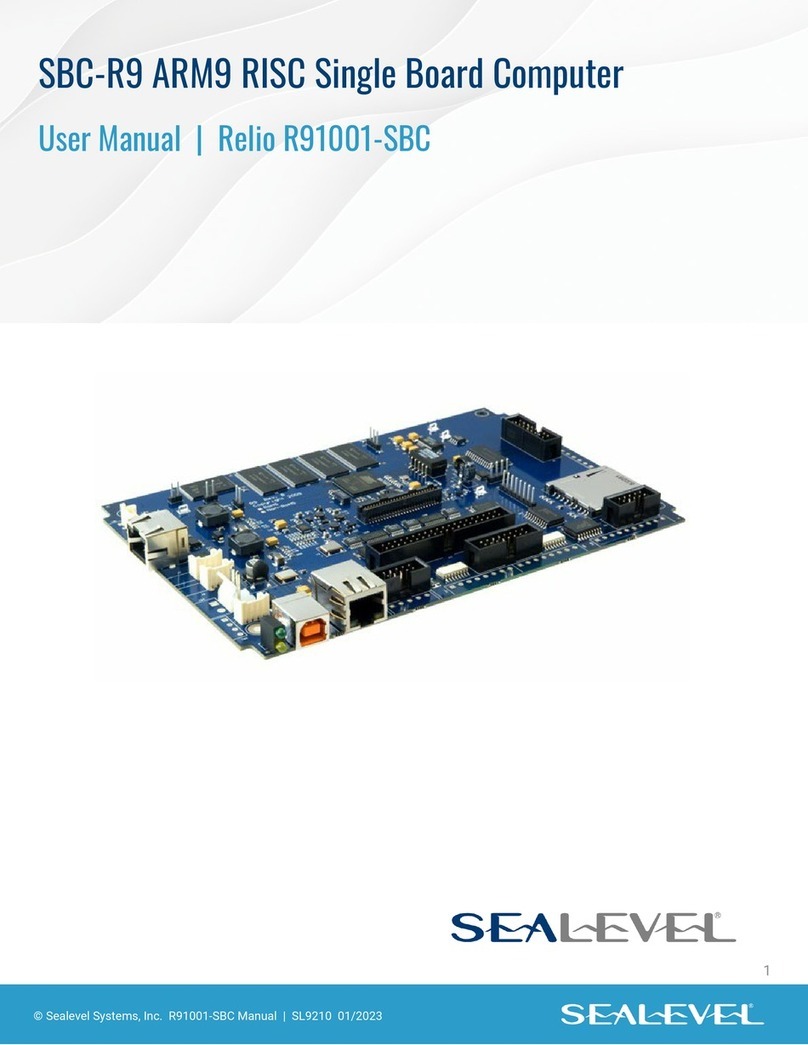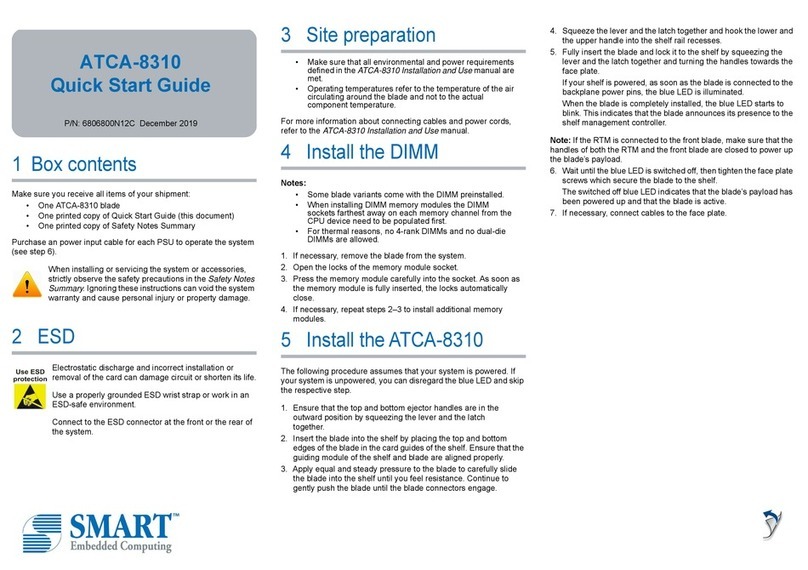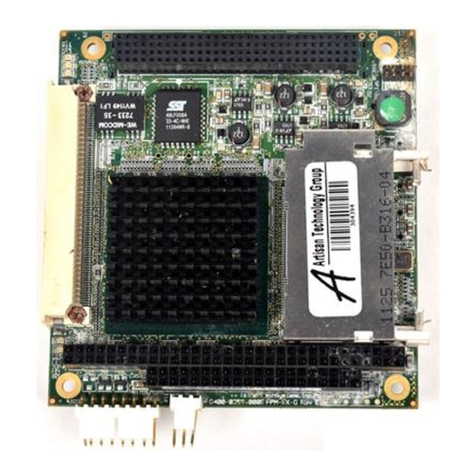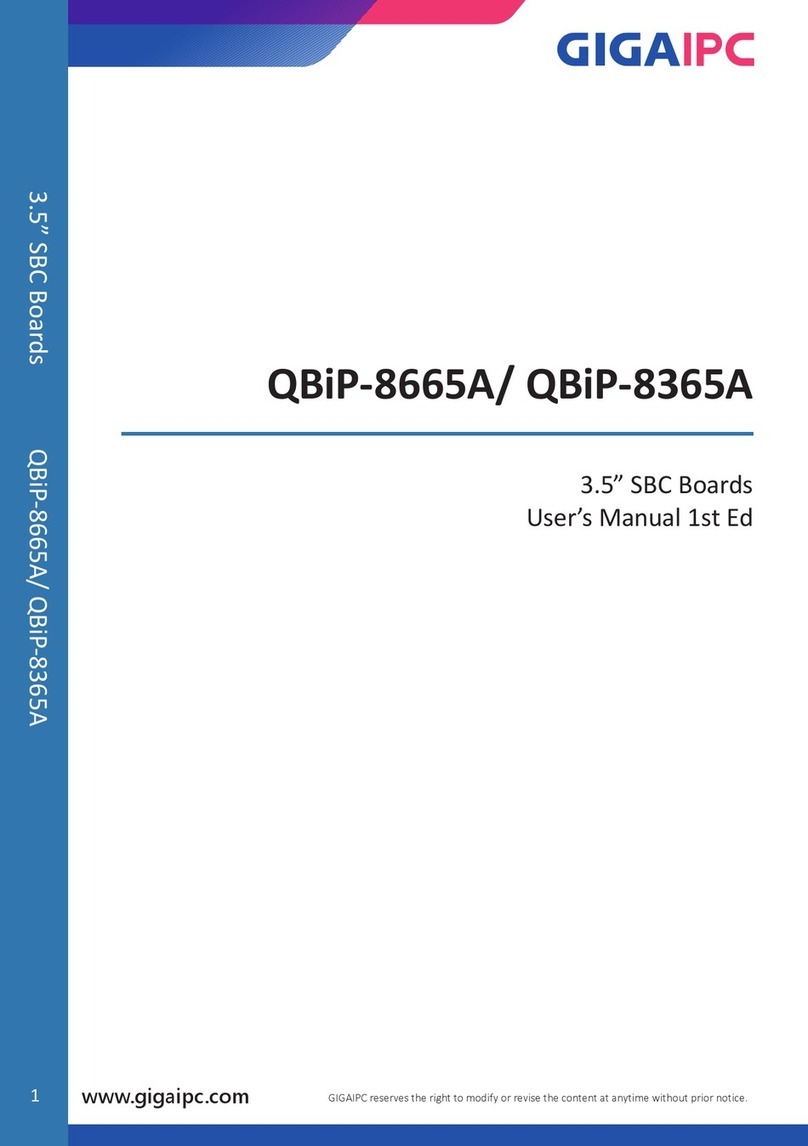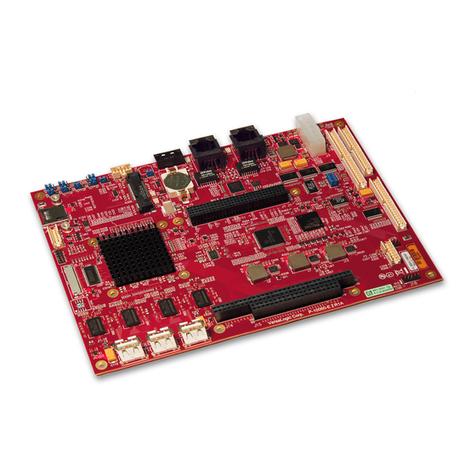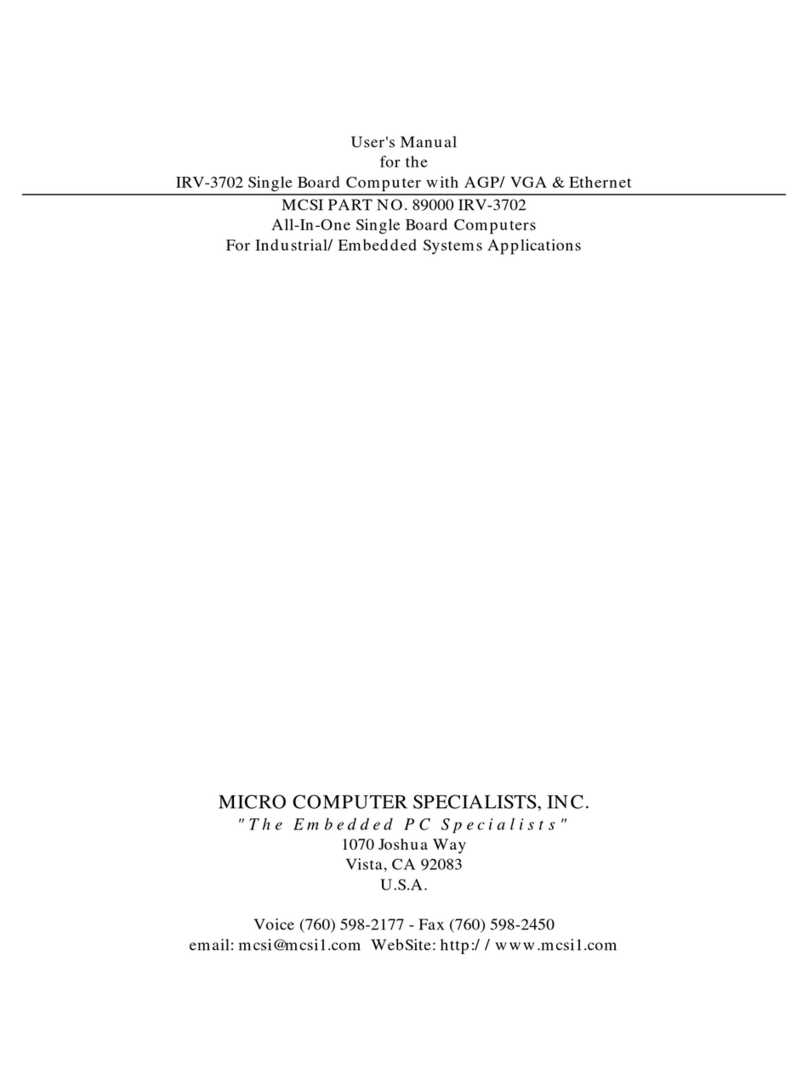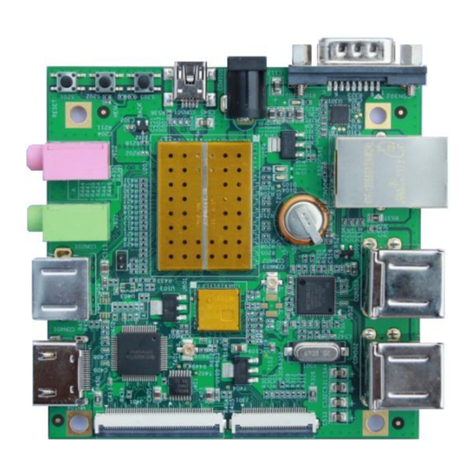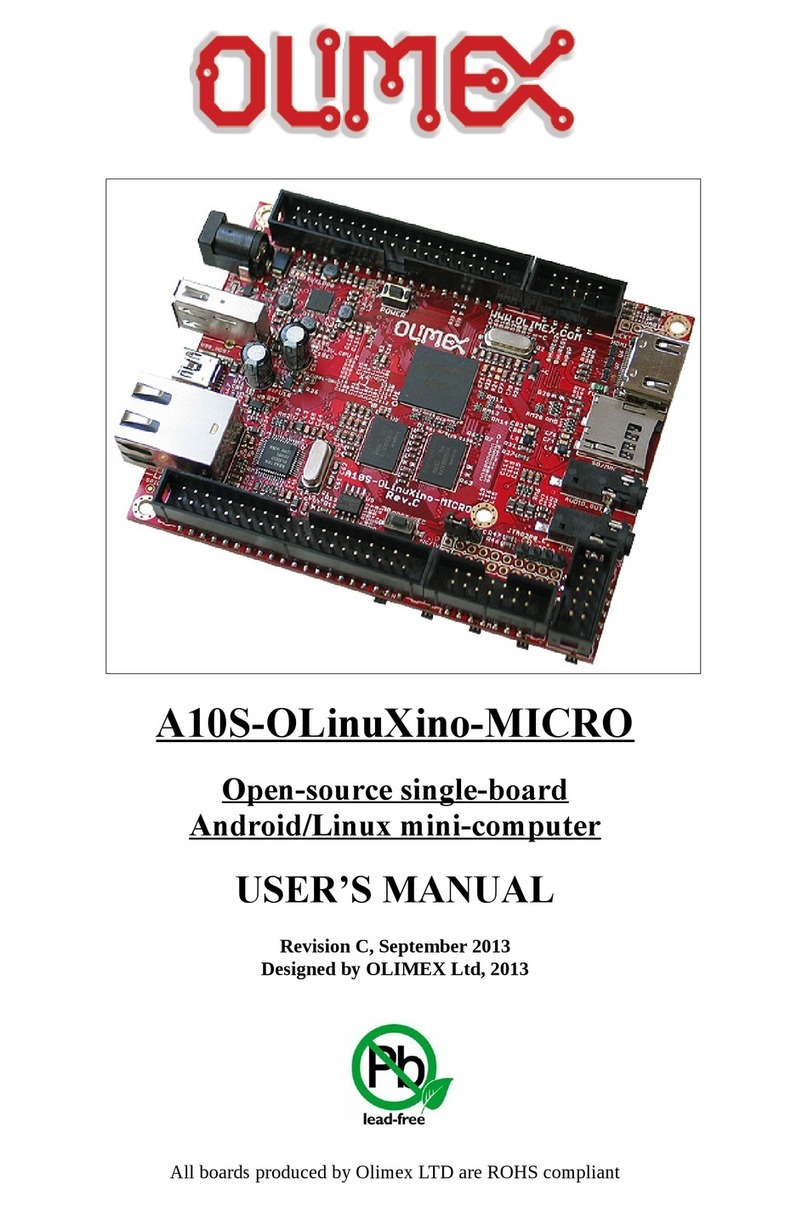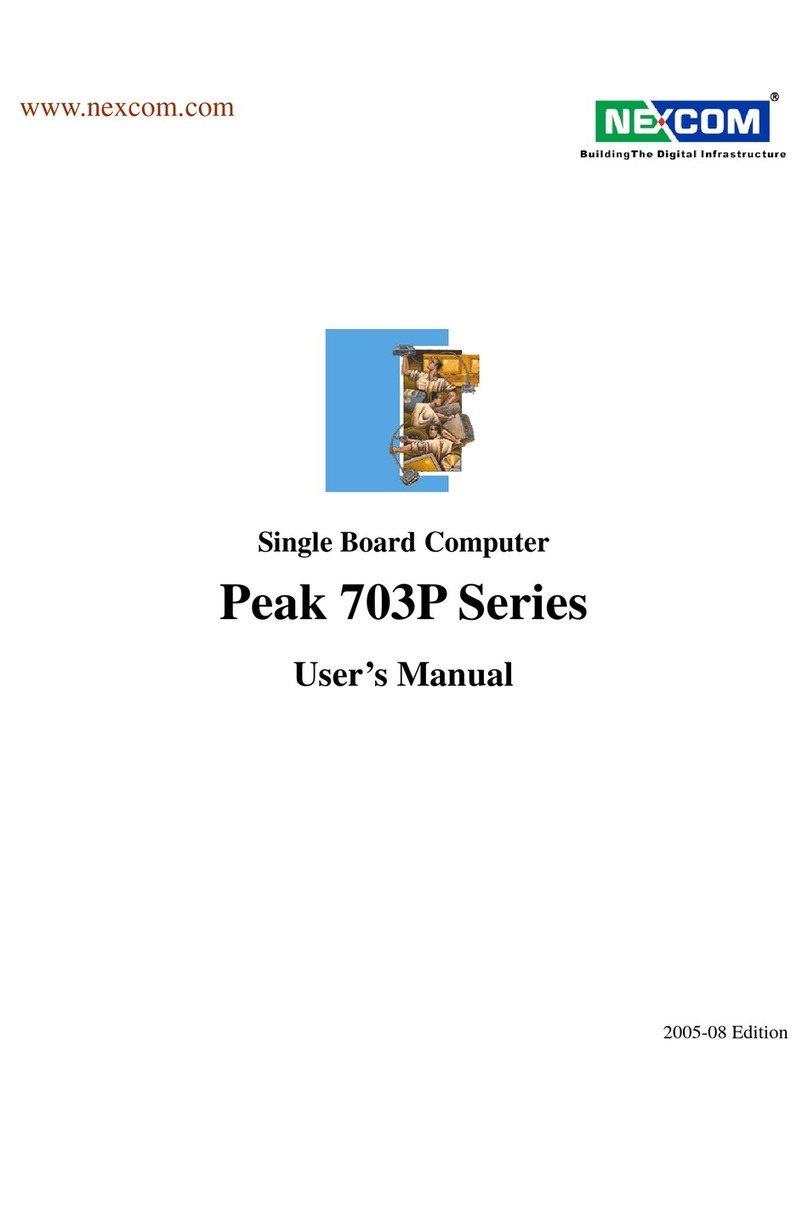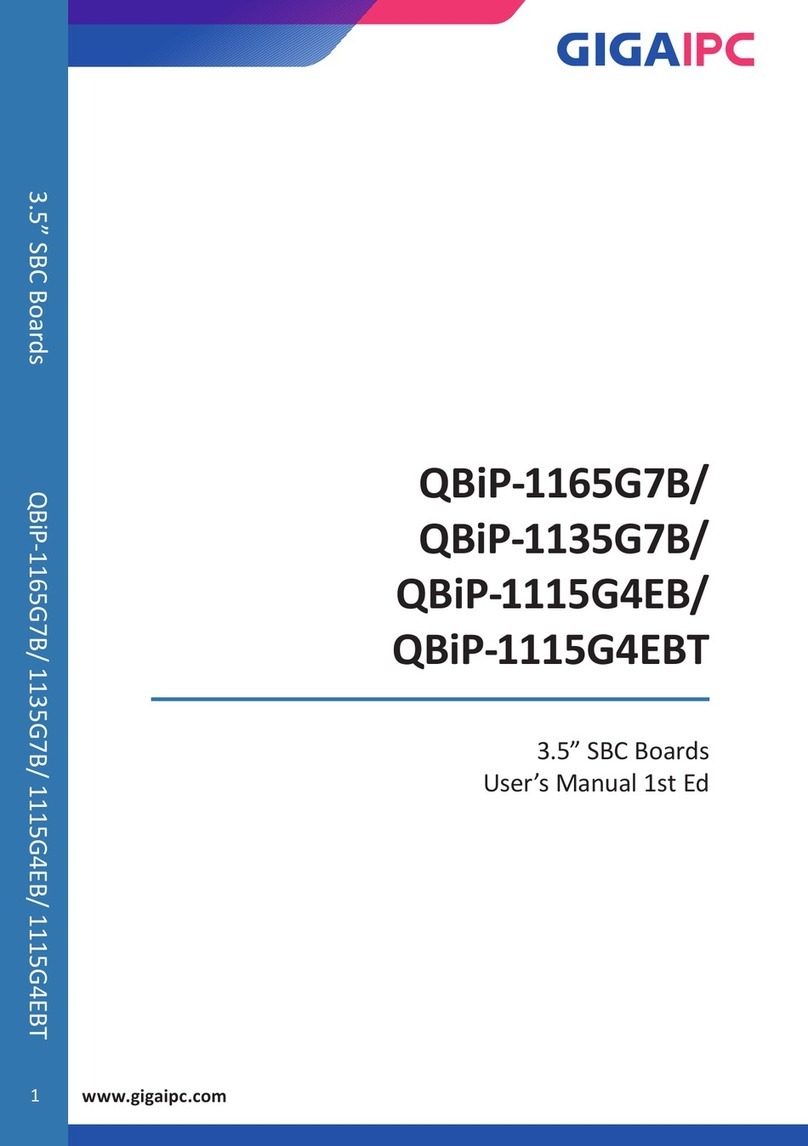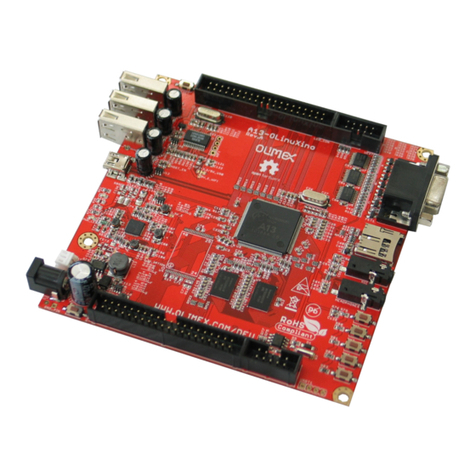
Table of Contents
How to Use This Manual
Chapter 1. Introduction
1-1 Introduction........................................................................................... 1-1
1-2 Check List .............................................................................................. 1-2
1-3 Product Specification ........................................................................... 1-3
1-4 System Architecture ............................................................................. 1-6
Chapter 2. Hardware Configuration Setting
2-1 Jumper Setting ...................................................................................... 2-1
2-2 Connector Allocation ........................................................................... 2-3
Chapter 3. System Installation
3-1 Pentium 4 Processor............................................................................. 3-1
3-2 Main Memory ....................................................................................... 3-2
3-3 M-systems Flash Disk .......................................................................... 3-3
3-4 Installing the Single Board Computer ............................................... 3-4
3-4-1 Chipset Component Driver...................................................... 3-4
3-4-2 ATI Mobility Radeon Graphic Integrated Chipset ............... 3-5
3-4-3 On-board Fast Ethernet Controller ......................................... 3-6
3-4-4 On-board AC-97 Audio Device ............................................... 3-6
3-4-4 On-board 68-pin PCI connector............................................... 3-6
3-5 Clear CMOS Operation........................................................................ 3-7
3-6 WDT Function....................................................................................... 3-7
3-7 SMBUS ................................................................................................... 3-9
3-8 Display Output ...................................................................................... 3-9
3-9 GPIO....................................................................................................... 3-10
Chapter 4. BIOS Setup Information
4-1 Entering Setup...................................................................................... 4-1
4-2 Main Menu ........................................................................................... 4-2
4-3 Standard CMOS Setup Menu............................................................. 4-3
4-4 IDE Adaptors Setup Menu.................................................................4-4
4-5 Advanced BIOS Features.................................................................... 4-6
4-6 Advanced Chipset Features ............................................................... 4-10
4-7 Integrated Peripherals......................................................................... 4-13
4-8 Power Management Setup .................................................................4-19
4-9 PnP/PCI Configuration Setup........................................................... 4-23
4-10 PC Health Status.................................................................................. 4-25
4-11 Frequency/Voltage Control ............................................................... 4-26
4-12 Default Menu ....................................................................................... 4-27

